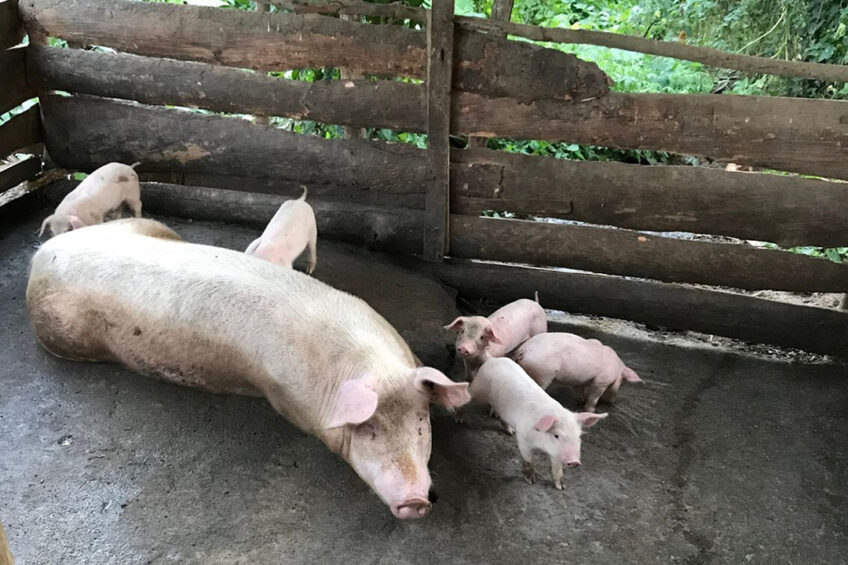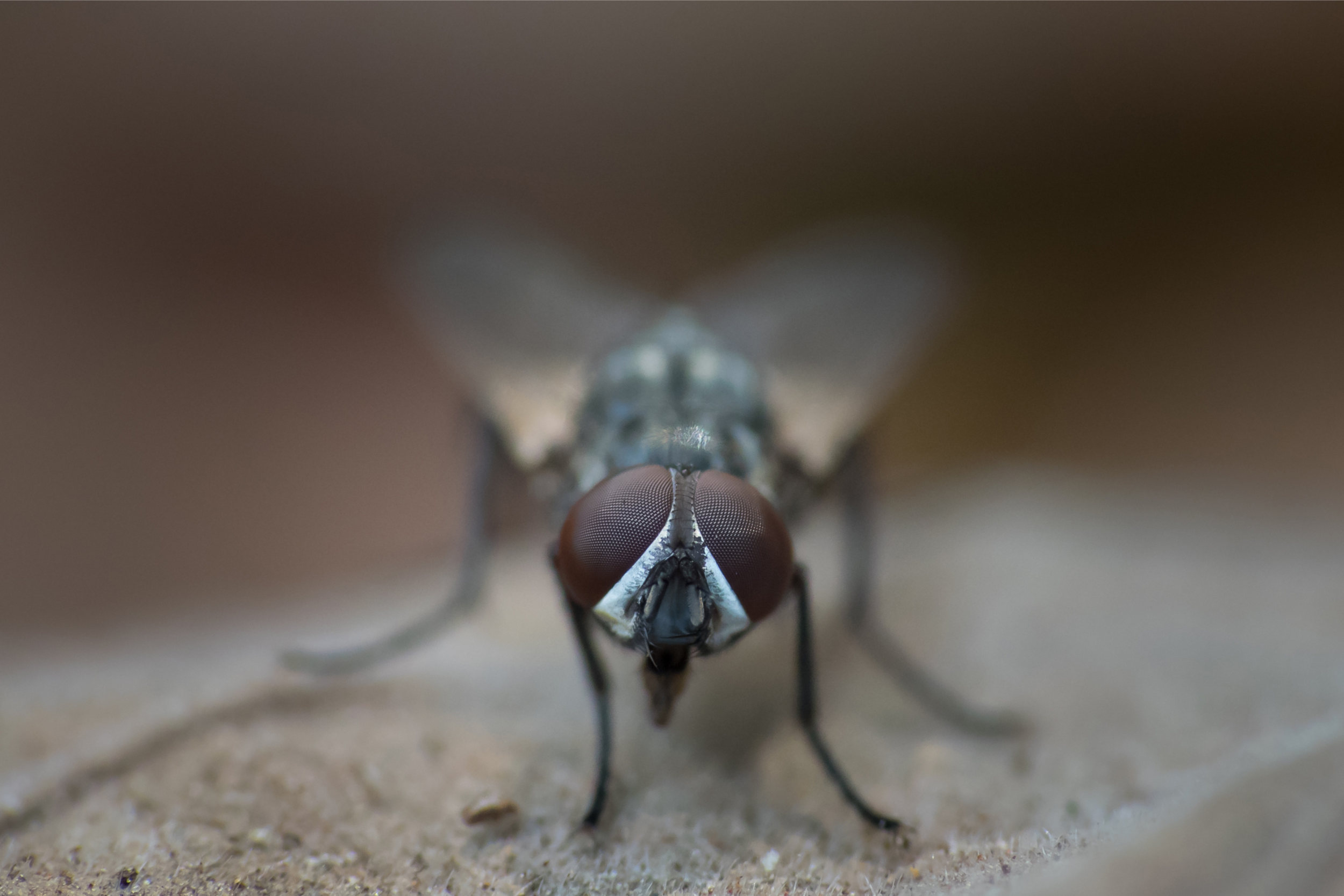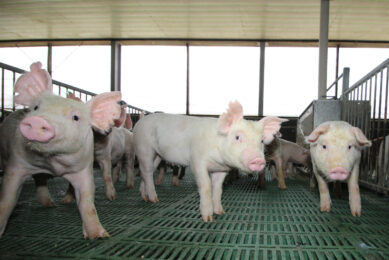ASF Dominican Republic: Virus around in April, says OIE

African Swine Fever (ASF) virus has been around in the Dominican Republic as early as April. New OIE data confirm that samples testing positive were taken at backyard farms in April, May and June as well.
The information, released by the World Organization for Animal Health (OIE) show that samples testing positive were taken on backyard farms as early as April 10 in La Vega province, in the heart of the Dominican Republic. Also in May, positive samples were taken on backyard farms in the provinces Elías Piña and San Juan, which are both close to the border with Haiti.
In total now 25 outbreak locations have been specified; all of which have been plotted on the Pig Progress map. Twelve of the positive samples were taken in June and another 10 were taken in July.
The initial positives were detected by the United States’ Animal and Plant Health Inspection Service (APHIS), part of the US Department of Agriculture (USDA). The US offers to assist with cooperative surveillance to other countries, a quarterly service, when countries ask for that, e.g. when national veterinary authorities lack sufficient capacity to do testing.
Text continues underneath image
New ASF insights in the data
The new data offer a couple of insights. The latest data make it increasingly hard to fight the virus, as the news of the presence broke only late July, so in other words the virus had a head start of roughly 3 months before being detected. Especially the outbreaks in May and June in Elías Piña and San Juan provinces show a movement away from the Haitian border, which gives fuel to the theory that the virus might have originated from neighbouring Haiti.
Secondly, one of the new reports mentions a backyard farm testing positive for ASF in Los Alcarizzos, Hato Nuevo, Santo Domingo province. The Dominican authorities already officially reported 14 provinces to be infected; the Santo Domingo outbreak means the 15th province to be infected.











